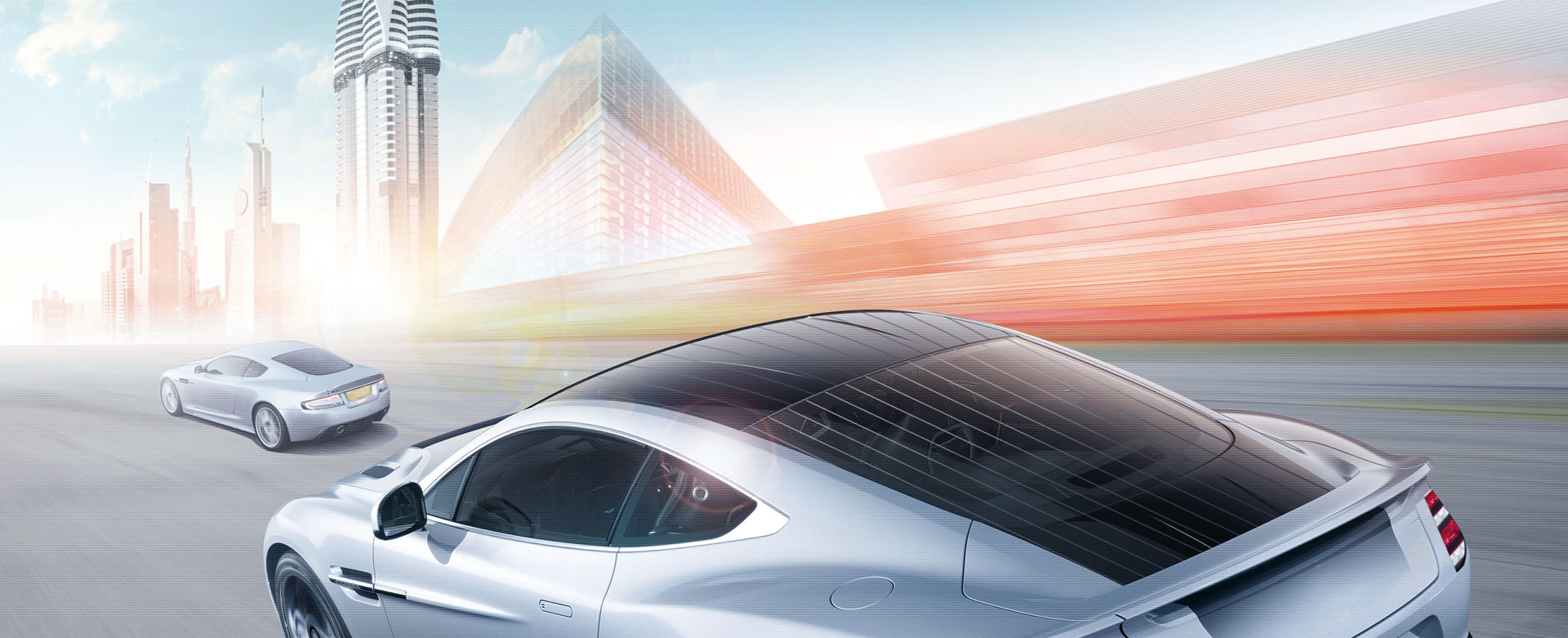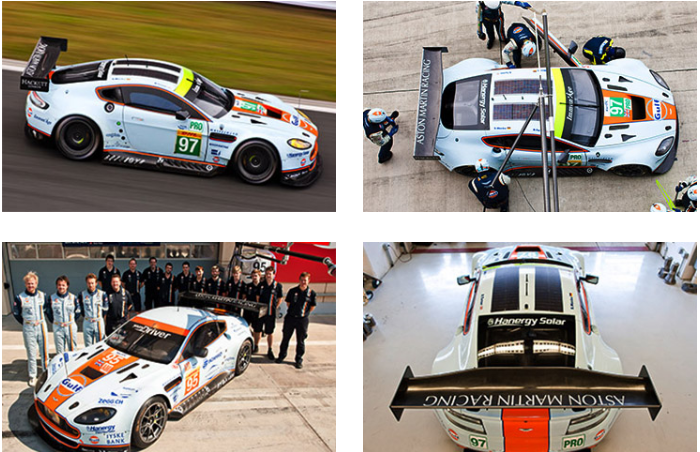
Solar Roof on Cars
The market for the transformation of traditional fuel vehicles is rather considerable. Only in China, there are 194 million cars, with an annual increase of 28 million. According to the regulation Fuel Consumption Limits for Passenger Cars, the average fuel consumption of passenger vehicles produced in China has reduced to 6.9 L/100 km in 2015, and is expected to be further reduced to 5.0L/100 km by 2020.

The demand for solar technology as an auxiliary power for commercial vehicles is rising as rapidly as cities are developing.Furthermore, requirements to protect urban environments and to improve urban management levels, life quality, and citizen satisfaction levels have forced local governments to either purchase new energy vehicles or to transform traditional public transportation. Commercial vehicles mainly include sightseeing buses; heavy, medium and small trucks; vans; pickups and special purpose vehicles.
Global commercial car ownership reached 1.12 billion vehicles in 2015, a year in which 100 million more vehicles were added to that total. According to the calculation of a third-party research company, the global market size of PV car roofs and their related accessories is expected to reach 366 GW by 2022. New energy vehicles are the main market for solar-power-generating roofs, as the government is encouraging the development of new energy vehicles,such as new energy passenger cars, buses and logistics vehicles. RVs are one of the main target carriers for solar-power-generating roofs.Meanwhile, China’s RV market is witnessing an enormous growth, with more RV camping areas constructed and currently under construction than ever.
In terms of auto spare parts, in cooperation with Fuyao Group, BMW,Audi, Great Wall Motor and other well-known brand enterprises in the automotive industry, Hanergy has developed power generation glass,solar power roofs as well as other products. In 2016, Hanergy provided the world renowned logistics company DHL with its flexible thin-film cells to be installed on truck roofs.This technology can provide electricity for the trucks while being parked, and also be used in refrigerated trucks, on the cold chain logistics industry and for cold storage instead of diesel oil, a fact which itself substantially reduces operating costs. MiaSolé’s flexible thin-film solar technology developed by Hanergy Mobile Energy Holding Group Co., Ltd has now been successfully implanted into Fuyao’s glass products for vehicles. On August 23, 2017, Hanergy started to cooperate with Audi, the world’s renowned automobile manufacturer, on the R&D of a prototype car integrating a thin-film solar power panorama roof, the first of which is scheduled for release by the end of 2017. The electricity generated by the thin-film cells can be used for the car’s air conditioning and seat heaters.
